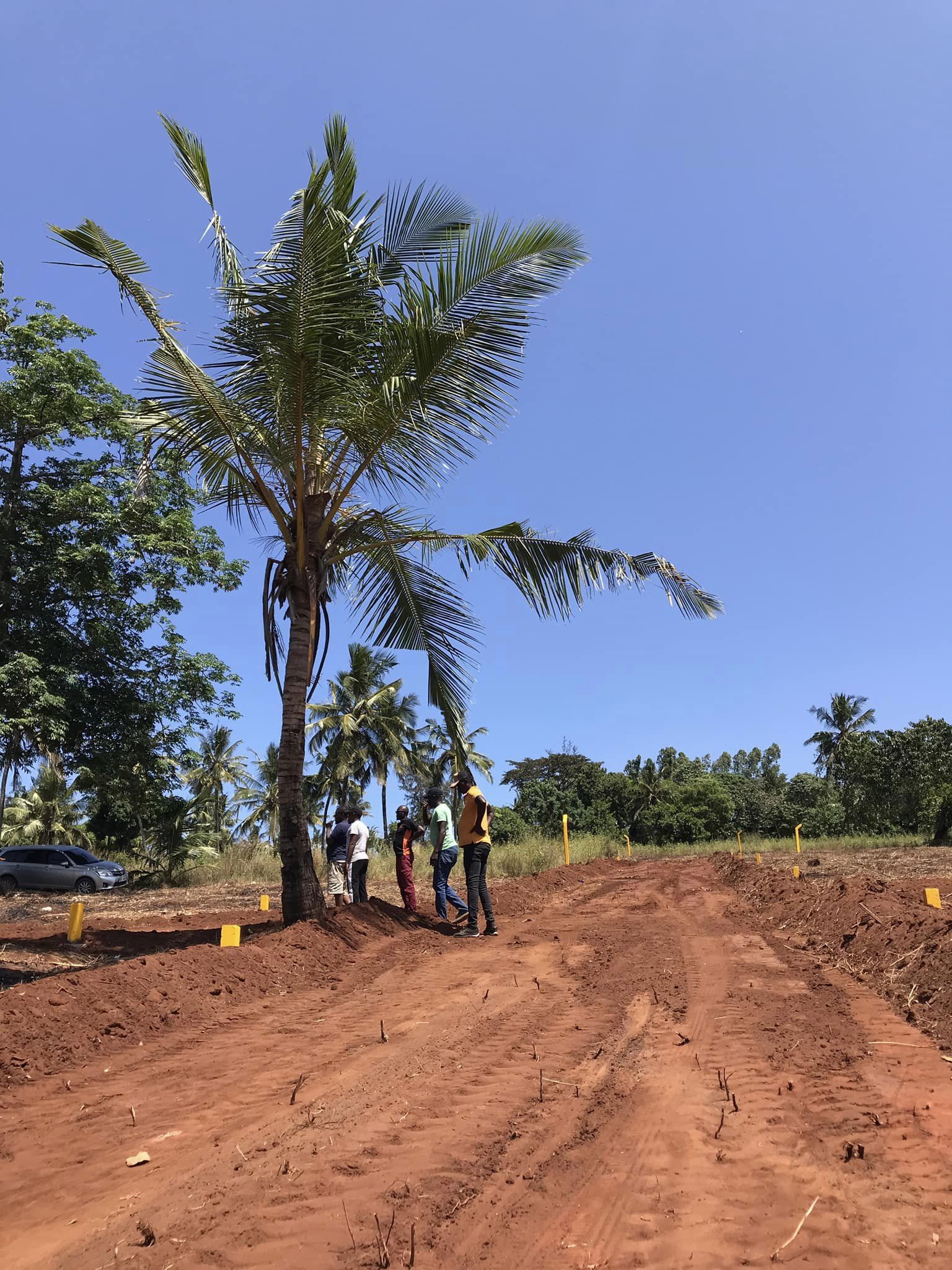Importance of a site visit when buying land

A site visit is crucial when buying land for several reasons:
- Assessment of Location: A site visit allows you to assess the location firsthand, including its proximity to essential amenities like schools, hospitals, shopping centers, and transportation hubs. You can evaluate the neighborhood, surrounding environment, and potential for future development in the area.
- Physical Inspection: Visiting the site enables you to inspect the land's physical characteristics, such as its terrain, soil quality, drainage patterns, and any natural features like slopes, water bodies, or vegetation. This information is vital for determining the land's suitability for your intended use and potential construction projects.
- Boundary Verification: By visiting the site, you can verify the property boundaries and ensure they align with the legal description provided in the land documents. This helps prevent boundary disputes and ensures you are purchasing the correct parcel of land.
- Zoning and Regulatory Compliance: A site visit allows you to confirm that the land is zoned appropriately for your intended use and complies with local zoning regulations, building codes, and environmental laws. You can identify any restrictions or limitations that may affect your development plans.
- Risk Assessment: Inspecting the site helps identify potential risks and challenges, such as environmental hazards, flood zones, easements, or encroachments. Understanding these risks upfront allows you to make informed decisions and mitigate potential liabilities before finalizing the purchase.
- Market Analysis: Visiting the site provides valuable insights into the local real estate market, including recent sales, property values, and demand trends. This information helps you assess the land's market value and negotiate a fair price based on current market conditions.
- Visualizing Development Potential: Being on-site allows you to visualize the land's development potential and envision how it can be utilized for your specific needs. You can assess factors like accessibility, views, orientation, and landscaping possibilities to optimize the land's value and appeal.
- Engagement with Stakeholders: If applicable, a site visit provides an opportunity to engage with relevant stakeholders, such as neighbors, local authorities, or property developers. Building relationships and gathering feedback from the community can influence your decision-making process and enhance your understanding of the local context.
Overall, a site visit is essential for conducting thorough due diligence, assessing the suitability of the land, mitigating risks, and making informed decisions when purchasing real estate. It provides firsthand knowledge and insights that cannot be fully captured through documentation or remote analysis.
